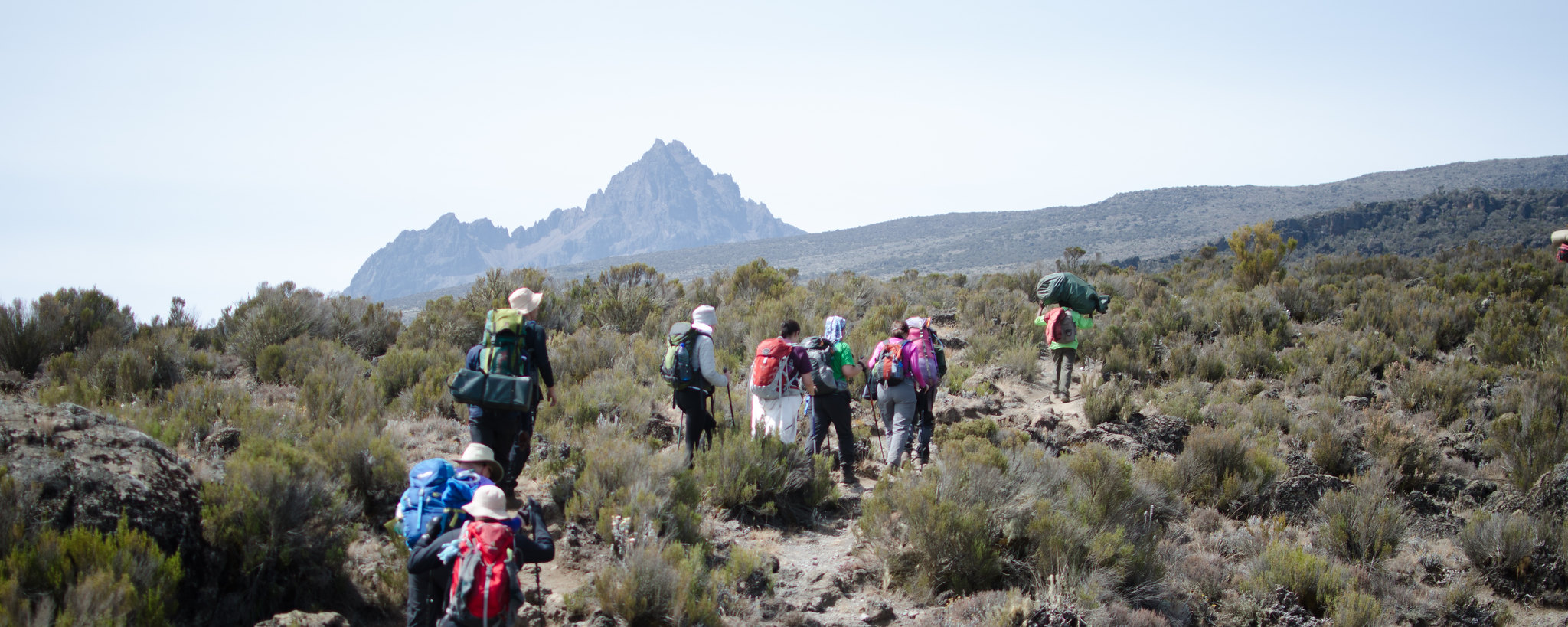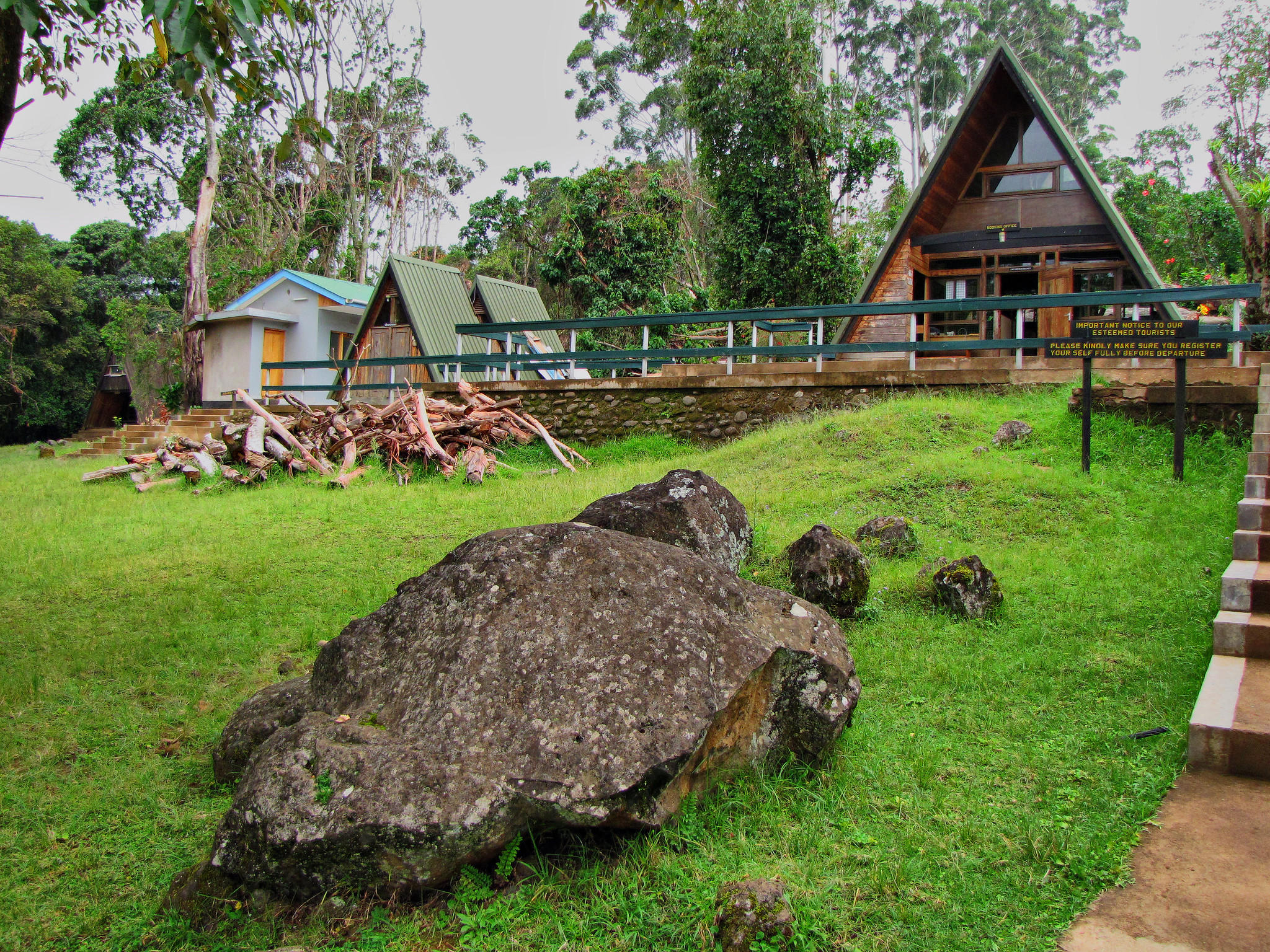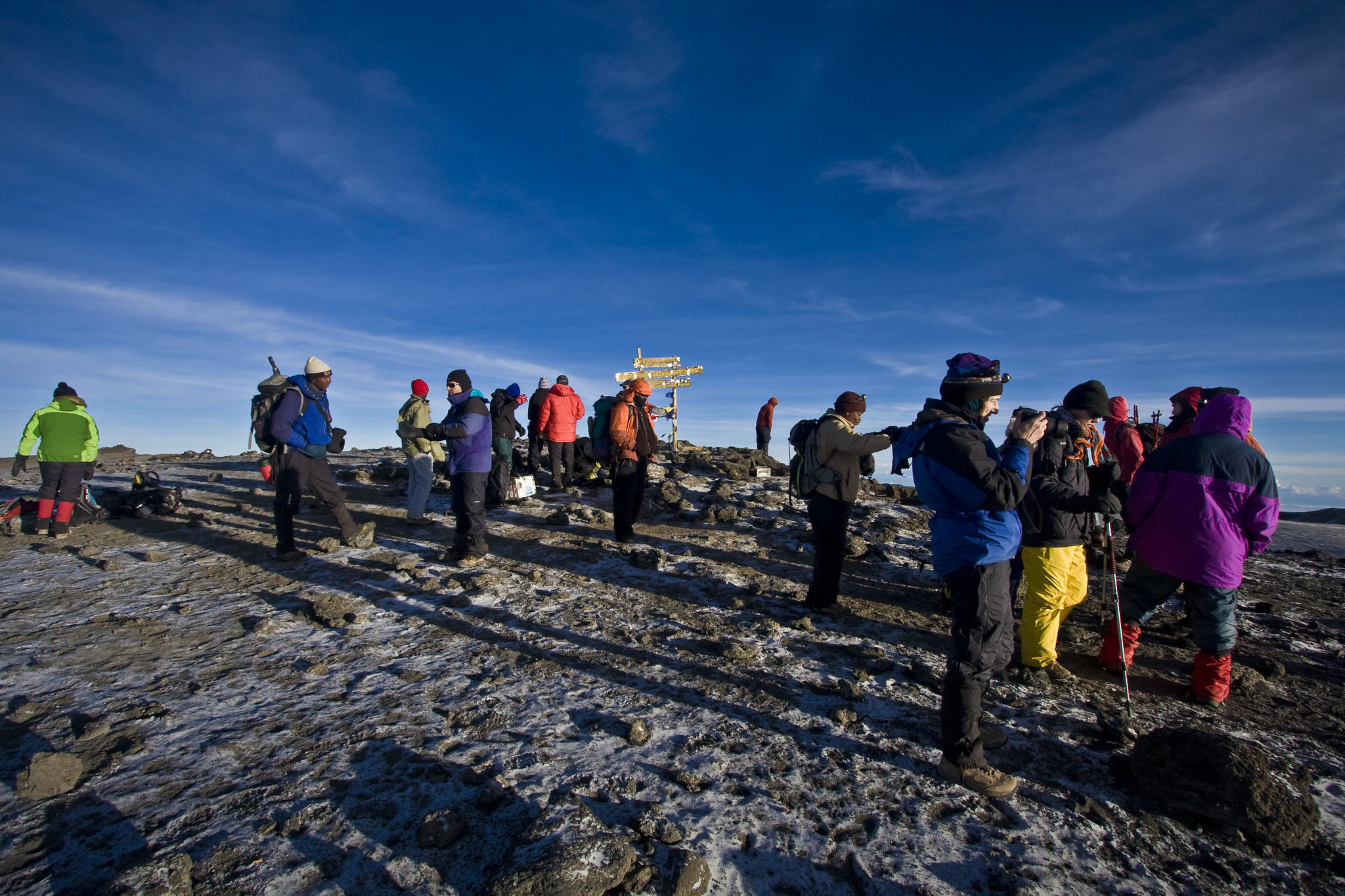Mkomazi National Park
National Park in Mkomazi National Park Seldom-visited Mkomazi spreads along the Kenya border in the shadow of the Pare Mountains, its dry savannah lands contrasting sharply with the moist forests of the Pares.
Welcome to Mkomazi National Park
This website is created by the neighbor of Mkomazi MamboViewPoint. From our lodge, from a 1900 meter altitude, we look over Mkomazi National park. For a nice combination of a visit to Mkomazi and a stay in the mountains contact us!
Mkomazi National Park is a magnificent, 3,500 square kilometre national park in northern Tanzania.
Latest News!
Tourists will be able to watch rhinos at close range. Mkomazi National Park erected an electric fence with a 30-square km-area where the black rhino are.
Book your visit to the Rhino sanctuary and MamboViewPoint
The Mkomazi National Park is a magnificent, 3,500 square kilometre national park in northern Tanzania. Remote and initially inaccessible, it was established in 1951, but never attracted the financial support provided for the better known wildlife strongholds such as the Ngorongoro Conservation Area and the Serengeti National Parks. Only since 1989, when the Tanzanian Government re-examined the reserve’s status and designated it a National Priority Project, has its true significance and importance been recognized. Nowadays it is good accessible. From MamboViewPoint it is only one and a half hour drive to the Kivingo entrance.
The Mkomazi National Park is a spectacular wilderness. Within sight to the northwest is Mount Kilimanjaro, Africa’s highest summit. To the south, the Pare and Usambara Mountains form a dramatic backdrop and, to the north, Kenya’s vast Tsavo National Park shares a border with Mkomazi, making common ground for migratory herds of elephant, oryx and zebra during the wet season. Together with Tsavo, it forms one of the largest and most important protected ecosystems on earth.
Mkomazi is the southern tip of the Sahel zone. It is a classic dry-country reserve of grey-green nyika bush, ancient baobab trees and isolated rocky hills. Elsewhere, the seas of bush give way to open savannah woodlands of umbrella acacias and mbugas – shallow valleys of grassland.
The animals, too, are typical of the arid nyika. Giraffe, oryx, gerenuk, hartebeest, lesser kudu, eland, impala and Grant’s gazelle share the reserve with elephant, buffalo, and numerous predators, including lion, leopard and cheetah. In all, 78 species of mammals have been recorded.
The birds of Mkomazi are even more numerous, with over 400 recorded species. Doves, hornbills, weavers and guinea-fowl are all present in large numbers – as well as such striking species as the martial eagle and violet wood-hoopoe.
Why should you go to Mkomazi park?
- The park is not well known and because of that it has its charme. Its not crowdy and the animals are acting natural.
- Almost all species can be found.
- Mkomazi is vital refuge for two highly endangered species, the charismatic black rhino and sociable African wild dog
- It’s a cheap alternative for the northern national parks
The main reasons for visiting are for the excellent birding and to appreciate the evocative nyika bush landscapes studded with baobab and thorn acacia and broken by low, rocky hills. Despite its relative ease of access, Mkomazi is still well off the beaten track.
The reserve is also known for its black rhinos, which were introduced into the area from South Africa for breeding in a project spearheaded by Tony Fitzjohn, who is behind conservation work in Mkomazi. The rhinos are within a heavily protected 45-sq-km enclosure in northcentral Mkomazi, and not viewable as part of general tourism.
There are also wild dogs (reintroduced too, and, as part of a special endangered species program, also not viewable to general tourists). Animals that you’re more likely to spot include oryx, eland, dik-dik, the rarely seen gerenuk, kudu, Coke’s hartebeest and an array of birds – over 400 species have been recorded. The huge seasonal elephant herds that once crossed regularly between Tsavo and Mkomazi are beginning to come back, after reaching a low point of just a dozen elephants in the area in 1989, although elephants.



